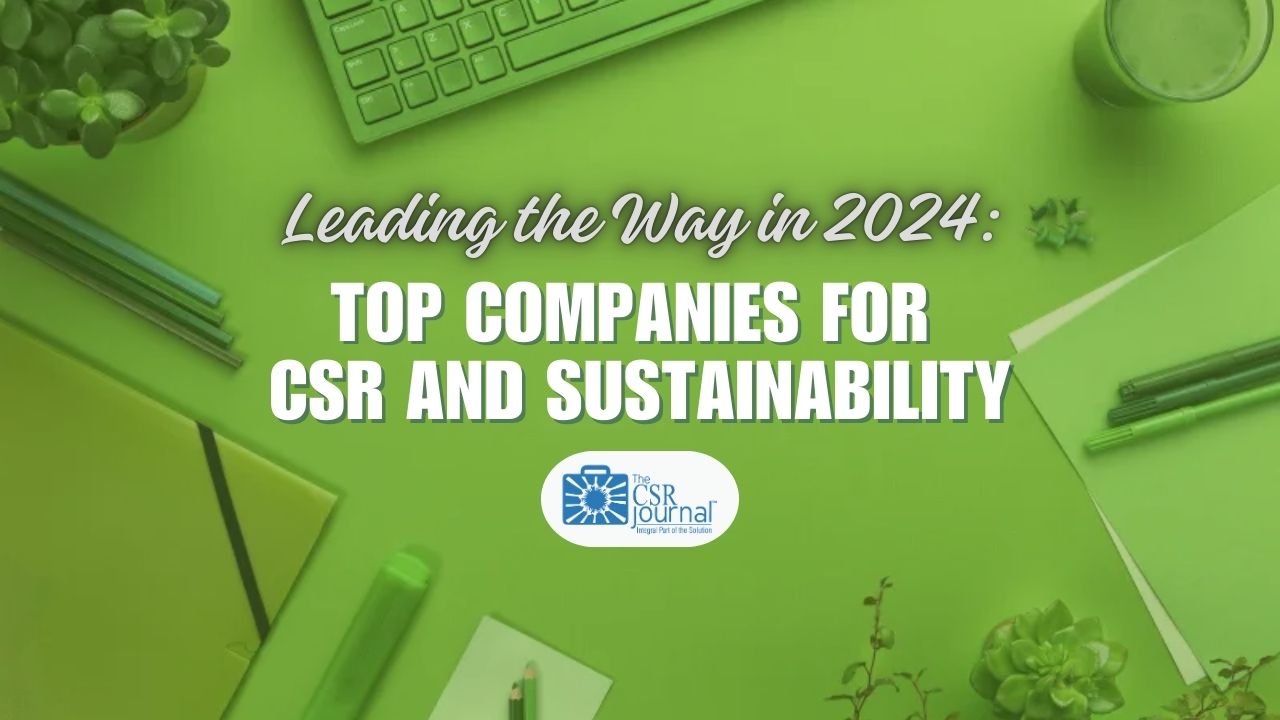World leaders are to sit together in the 29th United Nations Conference of Parties (COP 29) on climate from November 11th to 22nd in Baku, Azerbaijan. Among other important climate issues, this year’s conference will focus on ‘Climate Finance’. The agenda before the conference will give critical significance to the Global South, which includes India. Countries will also discuss their failure to deliver on last year’s negotiations.
This conference, scheduled immediately after the presidential victory of Donald Trump, is of great significance to global climate activists. This comes as Donald Trump’s climate change policies are set to reverse all efforts made towards clean energy and climate mitigation. The United States is also way behind its target, as the country produces more oil than any other nation at the moment. This trajectory is expected to accelerate further after Trump’s return to the White House.
What does climate financing actually mean and how will COP29 affect global climate mitigation?
Climate Financing For Global South
The term ‘Climate Financing’ was introduced in 2010 at COP16, after establishing the Standard Committee on Finance. It refers to the local, national or international financing, drawn from either public, private or alternative sources to support climate mitigation and adaptation of corrective actions to address climate change. This financial support can come in the form of loans, grants or domestic budget allocations for climate change mitigation.
Under climate financing, financial support is given to 2 major subcategories: mitigation finance to invest in introducing global carbon emissions and adaptation finance to respond to the consequences of already happening climate change.
In other words, climate financing also recognises that the contribution of every country to climate change and their capacity to prevent it varies enormously. It follows the principle of ‘Common but differentiated responsibilities and respective capabilities’ that was set out during the early meetings of the convention.
And so, climate financing aims to provide more resources to more vulnerable countries. The developed country parties provide financial assistance to developing country parties in implementing the objectives of UNFCCC. The developed country parties should also continue to take the lead in mobilising climate finance and taking into account the needs and priorities of developing country parties. This mobilisation of finance represents a progression from the originally set goals, which were mostly ambitious to developing nations like India.
With regard to this, the first significant step taken is the adoption of the New Collective Quantified Goal (NCQG). This is a target set in line with the principle of climate finance. The target represents the future annual flow of climate financing from developed to developing countries. The NCQG will replace the earlier commitments made by developed countries in 2009 to support climate action in developing countries by providing US $100 million per year by 2020.
Many details about the new target are yet to be released by the United Nations since a lot will be decided during the conference. The most difficult part of all will be financial negotiations between countries and finding consensus on new targets.
Historical Conference of Parties
The history of COP goes back to the year 1997, when governments or parties became members of the climate change conference as part of the United Nations Framework Convention on Climate Change. The convention would come up with important treaties like the Kyoto Protocol of 1997 or the legally binding Paris Agreement of 2015 to provide countries with goals to reduce carbon emissions and bring about other climate change mitigation actions. World leaders, ministers, activists and other non-governmental parties sit together to negotiate and rubberstamp joint efforts on climate change and its impact. There is ample participation from civil society, business houses, international government or non-governmental organisations and even media outlets.
The previous meeting, COP 28, was held in 2023 in Dubai to reset pre-existing global climate actions. The conference came up with an ambitious plan to keep global temperatures from rising more than 1.5°C above preindustrial levels.
This year’s COP is completely intended to get finances right for countries that may not be completely able to afford climate mitigation at the moment. Following this, investments will scale up to trillions of dollars for climate mitigation.
While COP 28 made enough progress, including a move away from fossil fuels in energy extraction for the first time in 28 years, COP 29 will be a tough talk for developing countries to extract finances.


